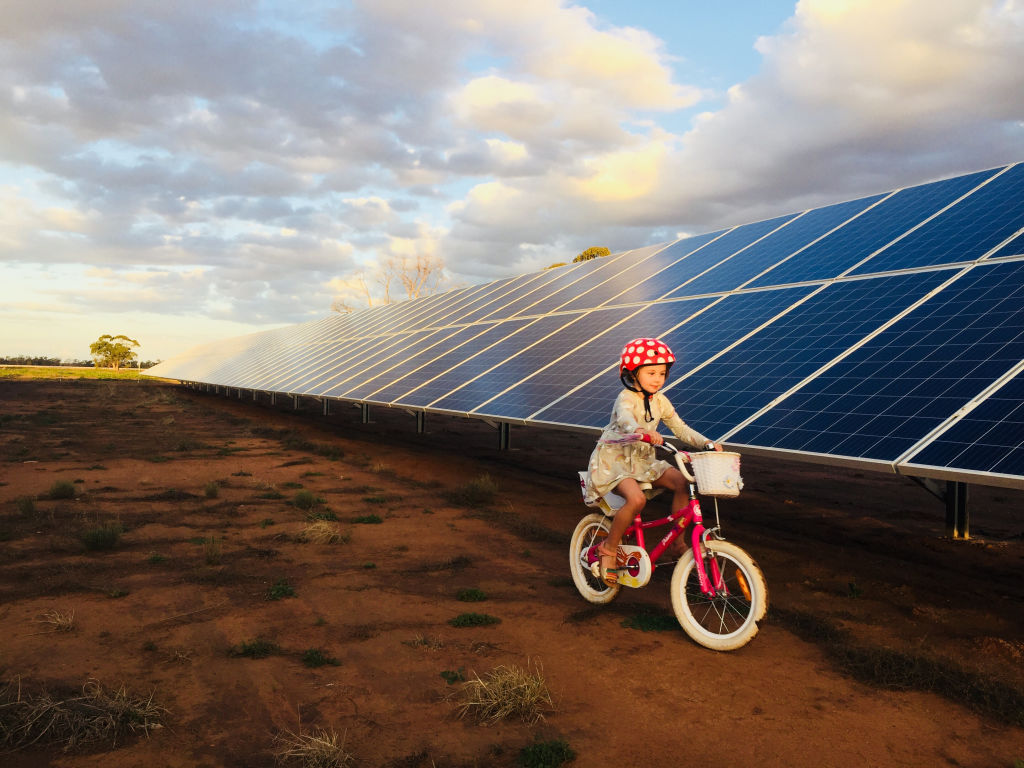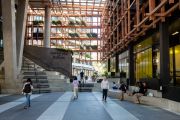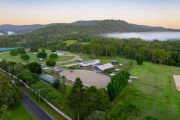
Despite strong support, Renewable Energy Zones are still causing headaches for some
Announcements of the first Renewable Energy Zones (REZs) to be rolled out in rural and regional Australia have made headlines this year, heralding opportunities for many but headaches for others.
Developers of wind and solar facilities, pumped hydro, bio-gas and renewable hydrogen (plus storage) are already jockeying to secure licences in these zones, where new transmission infrastructure will be built to bolster cleaner energy production.
The NSW government hopes its pilot Central West-Orana REZ will be shovel-ready in 2022 and two more zones in NSW – in the New England and south-west regions – have been prioritised. Meanwhile, the Queensland government has announced three zones in its north, central and south-west regions.
Louis de Sambucy, managing director of one of the largest renewable energy developers NEOEN Australia, says the REZs have “completely changed” his company’s evaluations.
“We have five proposed projects in the Central West – close to 2 gigawatts of solar, wind and storage – and we will now make those projects a priority,” he said.
“The REZs will help to progress projects faster, and provide visibility and certainty for landholders.”
UPC Renewables Australia is already developing two solar fields and a battery storage in the New England REZ, and head of solar development Killian Wentrup is more cautious.
“The idea that a REZ is a fast-track to development or a gold rush is a myth,” he said. “It will still be the serious developers with the experience and wherewithal that will be successful.”
The green power boom has seen a plethora of renewable energy projects materialise in rural areas in recent years.
Competition for prime land to host wind turbines and solar arrays, especially, has become fierce, but ventures take time and deep pockets. Leasing land – as is most common – can annually cost $1100 to $2200 a hectare for solar and $15,000 to $36,000 per turbine (depending on MW size) for the typical 25 to 30-year lifespan of a project.
Narromine farmer and independent renewable energy consultant Karin Stark said deals have provided some Central West landholders with a secure secondary income during years of drought, to the benefit of local economies.
“If done well, REZs will act like modern-day power stations,” she said.
“There is potential for more than construction jobs and income for host farmers. We might also be able to attract more manufacturing and economic diversification.”
Dubbo grazier Tom Warren, who runs sheep among the sun-tracking solar panels he hosts, says the net productivity of his land has dramatically increased, courtesy of the lease payments and the grass growth that the panels promote.
“When people were feeding their sheep for a couple of years during the drought, I only had to feed mine for three months,” he said.
“The solar contract is linked to the land and I believe it will increase my land value. There are corporate investors and super funds out there who would buy out my contract tomorrow.”
A limited number of developers will vie for licences to connect to new grid infrastructure in the REZs, and many believe that big players will dominate. And while their projects typically require hundreds of staff during construction, with spin-offs for local businesses and trades, ongoing employment is minimal.
Developments can also fundamentally change a community, as Paul Brenchley knows. He’s part of a group in the NSW New England seeking to give landholders collective input into negotiations with wind and solar developers.
“We want everyone to benefit,” he says.
“We are way ahead of the REZ process; we’re trying to take lessons from America and Europe. It would be great for the New England to be at the forefront of renewable energy development, but we need mutual agreement on what that looks like.”
Most big developers these days offer community benefit-sharing schemes and commonly (but not always) compensate neighbours impacted by wind turbines.
However, while a 2016 Urbis study found that “wind farms may not significantly impact rural properties”, sales data on their impact on rural residential or lifestyle properties was limited.
Victorian independent property valuerAlan Hives has seen losses of up to 30 per cent for neighbours in more populated areas.
In December The Australia Institute and the Sydney Environment Institute at the University of Sydney will publish a study of the social and economic impacts of wind and solar farms in the Central West Orana and New England REZs.
The researchers have found that renewables developments are widely supported and bring considerable economic benefits.
Concerns include the prospect of property devaluation by some neighbouring landholders even though there is no conclusive data on this. The study investigates situations where farmers who sell land for solar farms can receive many times the previous land value, while neighbours may not get any economic benefits.
UPC Renewables’ Killian Wentrup believes the right balance can be struck.
“You have to choose sites very carefully, in open farming country and not facing rural lifestyle blocks,” he said. “If you are doing the right thing, then you don’t create headaches from day one.”
New England property owner Julian Prior describes a current “Darwinian feeding frenzy” for wind turbine sites within his rural residential valley and has called for detailed zoning, site planning and community consultation of the kind the REZs promise.
“The regulatory framework is merely playing catch-up and I would like to see the NSW government thinking about ‘no-go’ zones in high population areas like ours,” he said.
National Wind Farm Commissioner Andrew Dyer has stated that planning arrangements for REZs “should remain flexible and adaptable to allow for proper assessment of the unique circumstances and considerations” within each region.
These include a comprehensive assessment of any potential impacts to local and nearby communities, particularly any cumulative impacts as a result of multiple projects being co-located, and how such impacts might be avoided or mitigated.
He has also flagged the importance of considering the benefits of interconnected infrastructure and generation projects, including criteria for stimulating long-term local economic development in regional communities.










